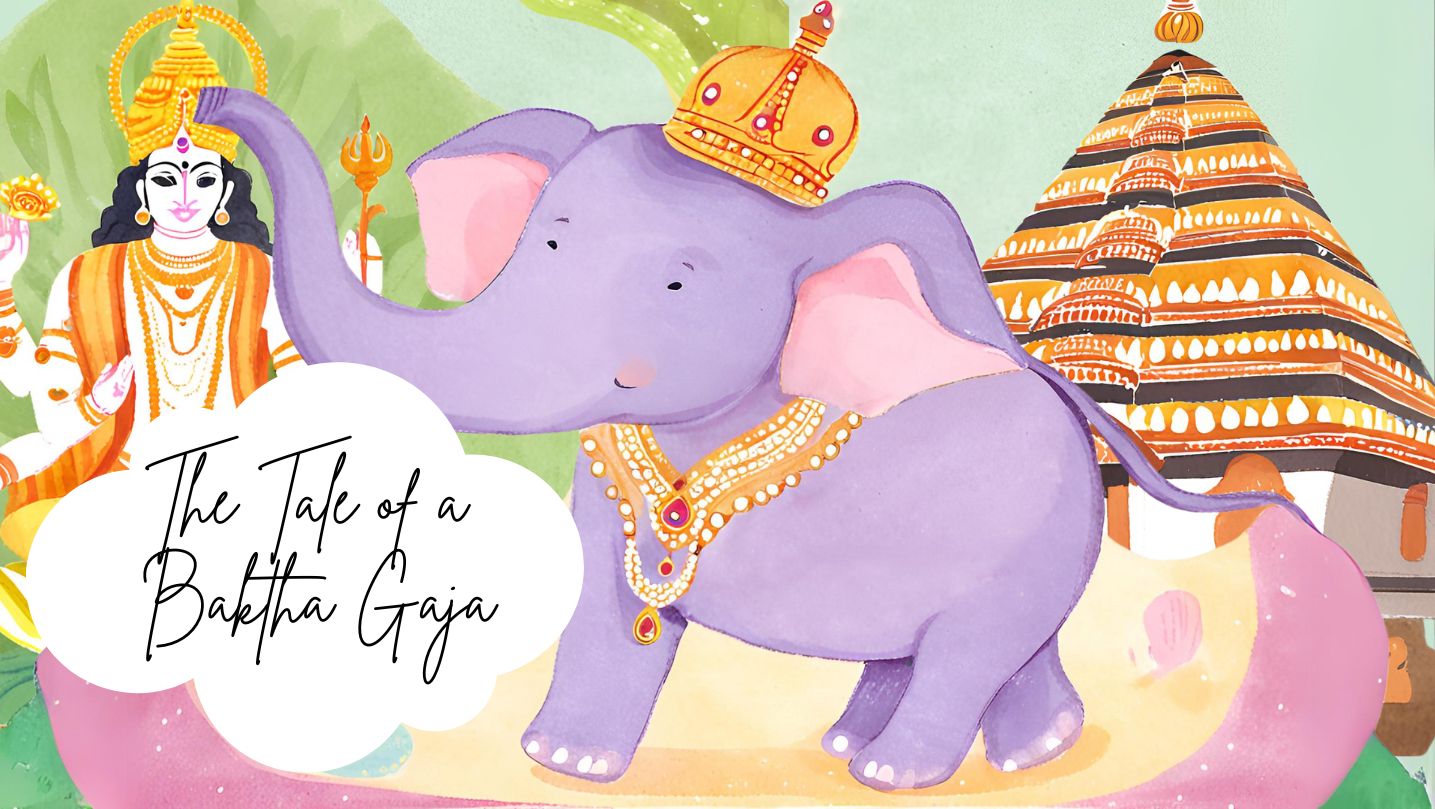
In the lush, green heart of Kerala lived an elephant who became a living legend - a tale of an elephant turned into a bakth. His name was Keshavan, but he was affectionately known as Gajaraja, or "King of the Elephants." Keshavan’s story is one of devotion, grace, and an extraordinary bond with the deity Lord Guruvayurappan, making him a cherished symbol of faith and reverence.
The story of Keshavan begins in January 1922, a time of both historical significance and spiritual promise. Nilambur Raja, a significant landlord and Jamindar, was a noble in the Zamorin's court. His prominence only grew when the British took over Malabar from Tipu Sultan, allowing him to continue prospering under the new regime. However, the tranquility was shattered in 1921 with the eruption of the Moplah Rebellion, a violent uprising that drastically altered the region's socio-political landscape.
The Moplah Rebellion, initially part of the Khilafat Movement launched by Mahatma Gandhi, tragically spiraled into a horrifying episode of violence. The movement, intended to support the Ottoman Caliphate, devolved into a brutal Hindu genocide. Hindus were forcefully converted to Islam; those who refused faced beheading. The rebellion also saw widespread atrocities, including the rape of women and large-scale looting. The rebels declared independence and established the Moplah Kingdom, plunging the region into chaos.
The British, within six months, they had quelled the rebellion. During this period of unrest, the Nilambur Raja and many other nobles fled to Travancore for safety, leaving behind their possessions and properties. Once law and order were reestablished, they returned to reclaim their lands and resume their lives. It was in this backdrop of turbulence and recovery that the Nilambur Raja made a vow to Lord Guruvayurappan, promising to offer one of his prized elephants if his property was restored. True to his word, upon regaining his possessions, he gifted the temple a young, ten-year-old elephant named Keshavan. This noble gesture marked the beginning of Keshavan’s extraordinary journey as the beloved Baktha Gaja of Guruvayur.
Keshavan’s early days at the temple were marked by a mix of noble traits and mischief. Despite his inherent kindness, he displayed a certain folly that concerned the temple priests. To guide him onto the path of devotion, the Melshanti, the Head Priest, sanctified butter—an age-old remedy believed to remedy foolishness. The butter was offered to Keshavan with sacred prayers, and through this ritual, Keshavan’s behavior began to align with the divine duties expected of him. He was trained to participate in the temple's sacred functions, known as "siveli," which included the bhajans (devotional songs) and rituals that honored Lord Krishna. Keshavan grew up to be the tallest and the most majestic elephant of the time.
As the years passed, Keshavan grew from a playful young elephant into an embodiment of devotion and discipline. He became known for bending his front legs only before those holding the Lord’s thidambu (Deity) so they could climb onto his back, while others had to mount him from behind. His behavior was a testament to his deep respect for the deity and the temple’s traditions.
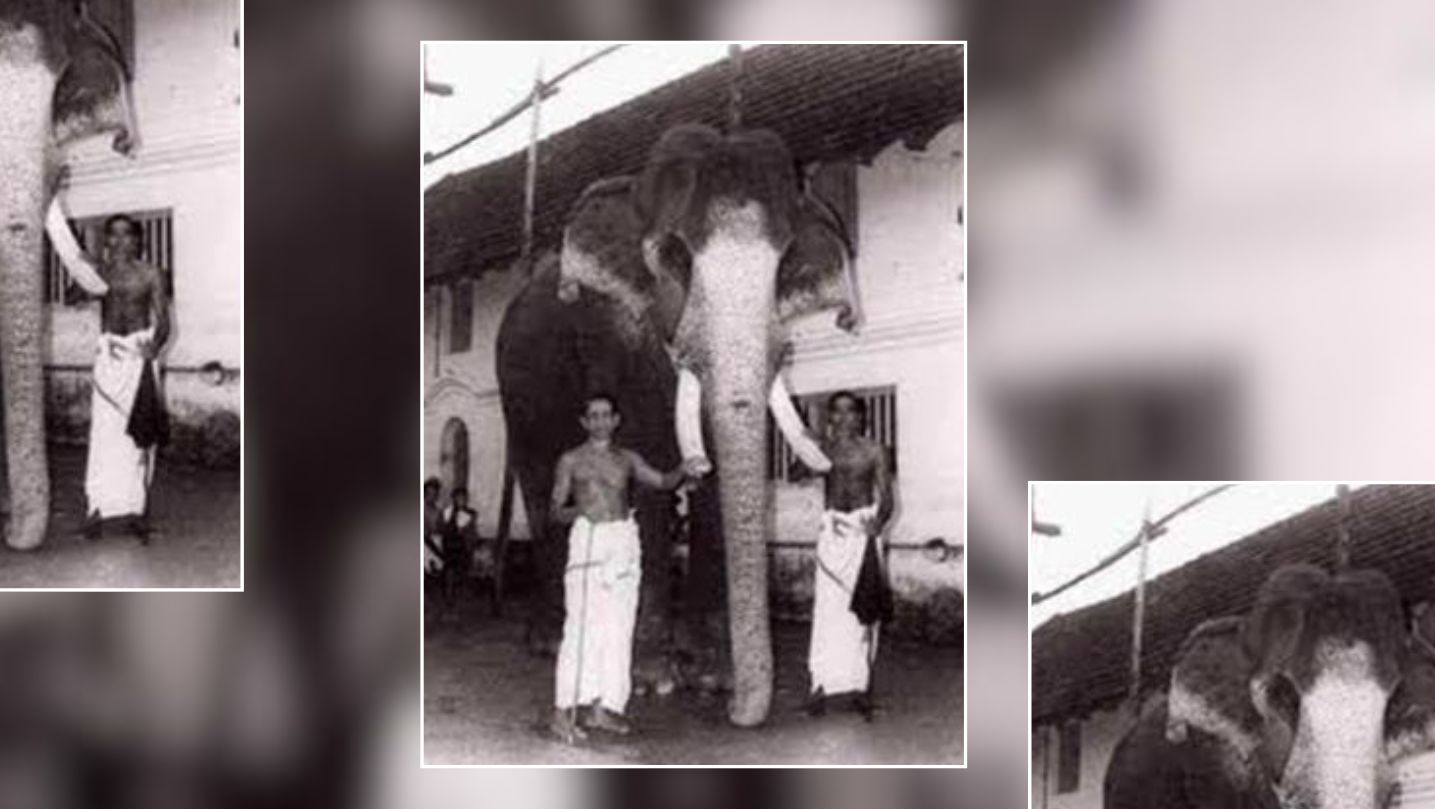
Keshavan’s time at the temple was not without its moments of profound compassion and strength. One such instance occurred when he was hurrying to the temple, his massive form causing panic among the people who feared being trampled. It is usual for elephants to behave unruly at the time of a mast. In contrast, Keshavan, displaying extraordinary empathy, gently lifted a helpless leper with his trunk and set him safely aside, ensuring that no harm came to him as he continued his journey to the temple. This act of kindness was a reflection of his deep understanding of compassion and the sacred duty of serving the deity.
In one instance, while running through a narrow road, he encountered a small child playing. Keshavan stopped, gently lifted the child with his trunk, and placed him on a higher elevation to avoid trampling him. Another time, he saved a drowning woman from a river where he was being bathed, showcasing his remarkable presence of mind and empathy.
As Keshavan matured, he earned the esteemed title of “Gajarajan” or “King of Elephants” in 1973, during the 50th year of his service to the temple. This honor recognized not only his long service but also his unparalleled dedication to his role. Keshavan’s pride and commitment to his duties were so profound that he could not tolerate another elephant carrying the deity during processions. If another elephant was chosen for the task, Keshavan would become agitated, even attacking the other elephant to reclaim his sacred responsibility. His eagerness to serve was so intense that he would tug at the chains binding his feet, impatient for the opportunity to bear the deity.
December 2, 1976, was a day marked by both sorrow and reverence. On this fateful Ekadasi day, as the temple's grand procession was about to begin, Keshavan fell ill. His immense body began to tremble, and the temple authorities had to remove him from the procession and take him to a nearby stable. There, surrounded by the sounds of prayers and the distant echoes of temple bells, Keshavan spent his last night in the presence of the deity he had served so faithfully. The next evening, as the conchshell sounded to announce the deity’s appearance, Keshavan, surrounded by thousands of devotees, bowed before the temple one last time before his soul departed for the eternal realm of Vaikuntha.
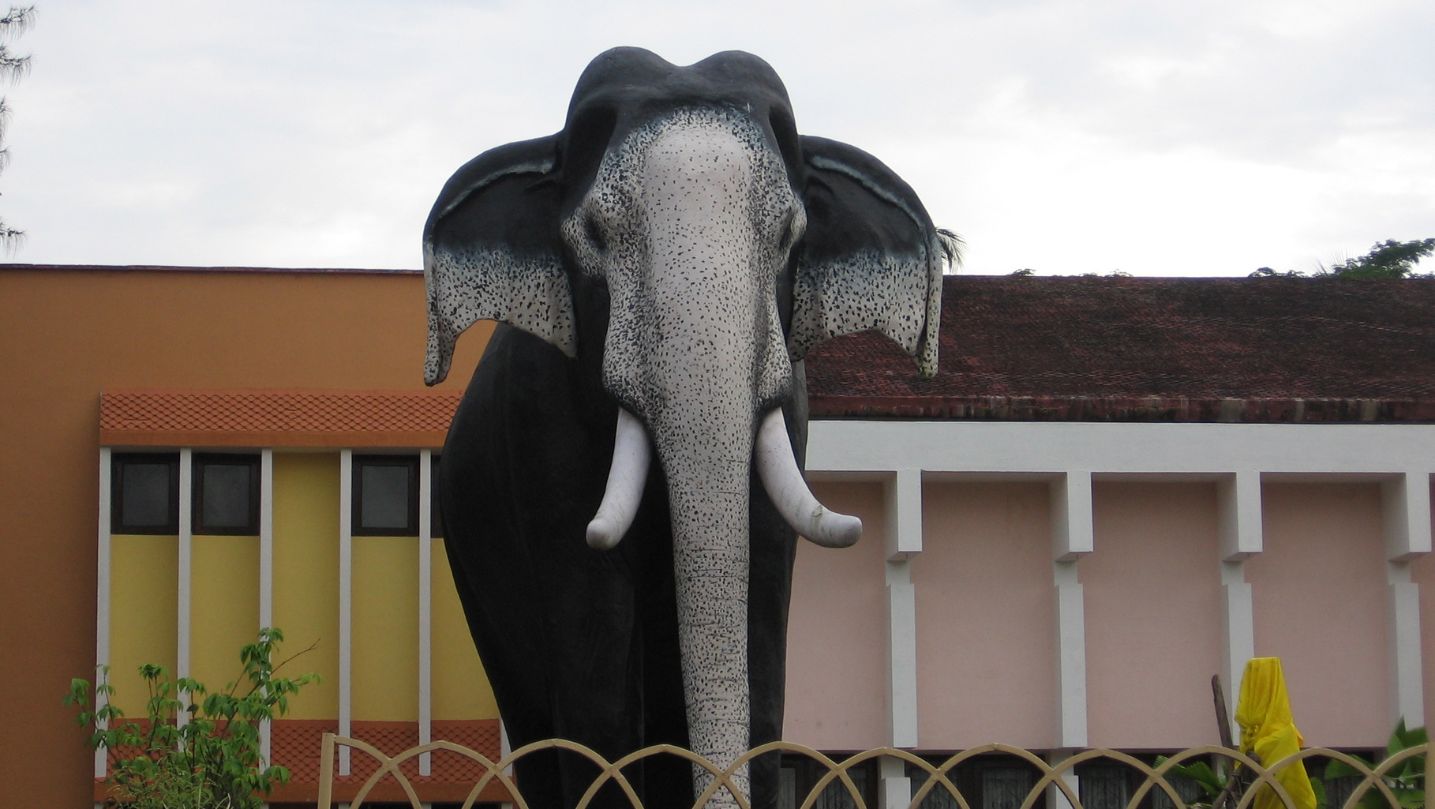
Keshavan’s memory is immortalized in a grand, twelve-foot-high concrete statue erected at the temple’s Panchajanyam Rest House. This statue stands as a testament to his extraordinary life and unwavering service. Visitors to Guruvayur are greeted by his tusks and a portrait displayed above the main entrance to the deity chamber, and colorful paintings of Keshavan adorn many shops throughout the city.
Even today, as pilgrims gather for festivals or partake in the evening rituals with oil lamps, the spirit of Keshavan lingers in the air. His story continues to inspire a deep sense of devotion and reverence among those who come to celebrate Lord Krishna. Story of Keshavan is a living tale of devotion, compassion, and spiritual dedication. His life of faith, service and legacy endures in the hearts of those who remember him. In the sacred precincts of the Guruvayur Temple, Keshavan remains a symbol of divine love and devotion, a testament to the enduring bond between the divine and the faithful.
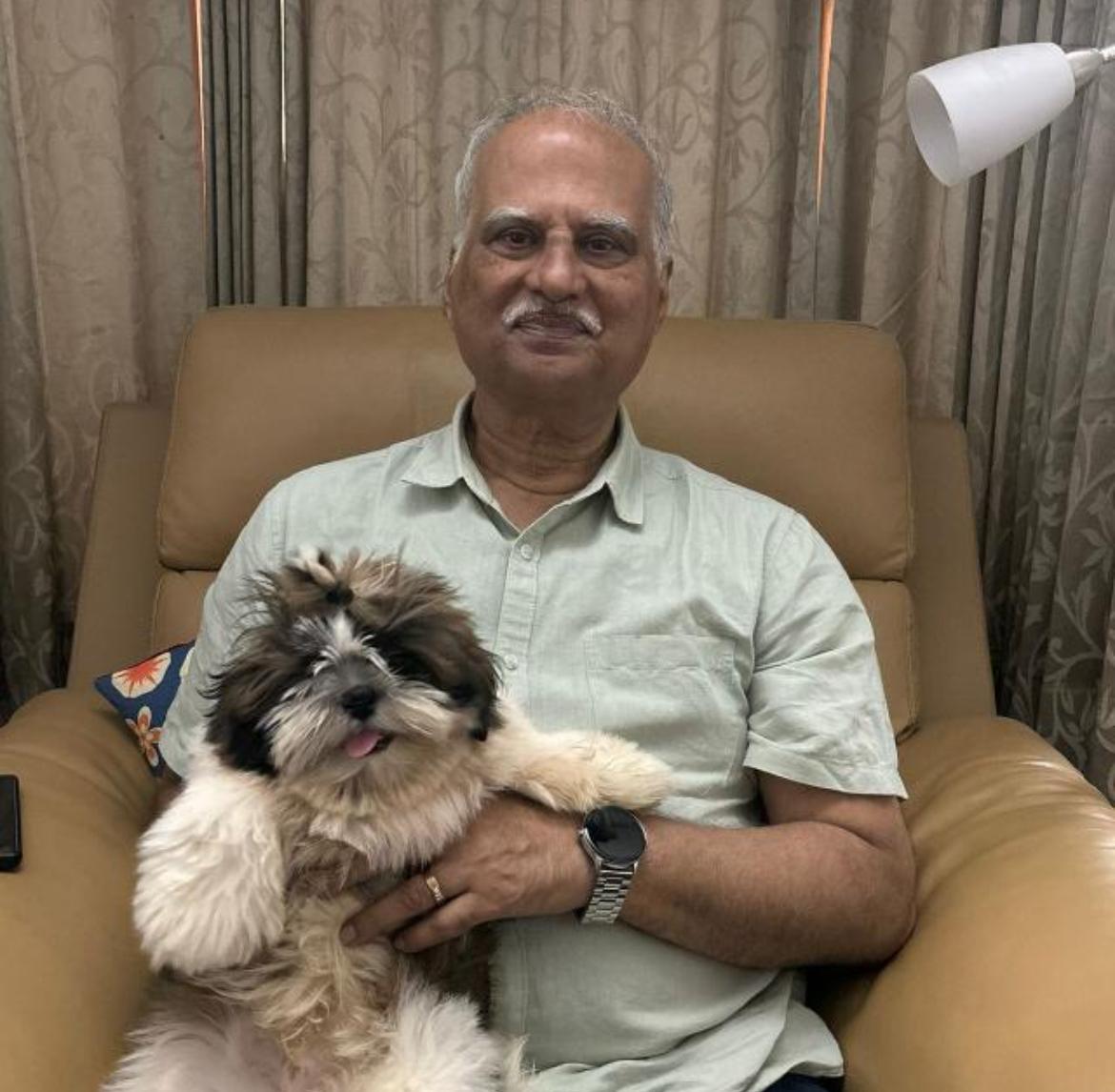 S Ramachandra Prasad is a senior scholar with keen interest in history and heritage. He has years of management and business experience. He has held various esteemed positions in corporate and social organisations.
S Ramachandra Prasad is a senior scholar with keen interest in history and heritage. He has years of management and business experience. He has held various esteemed positions in corporate and social organisations.
NEXT ARTICLE
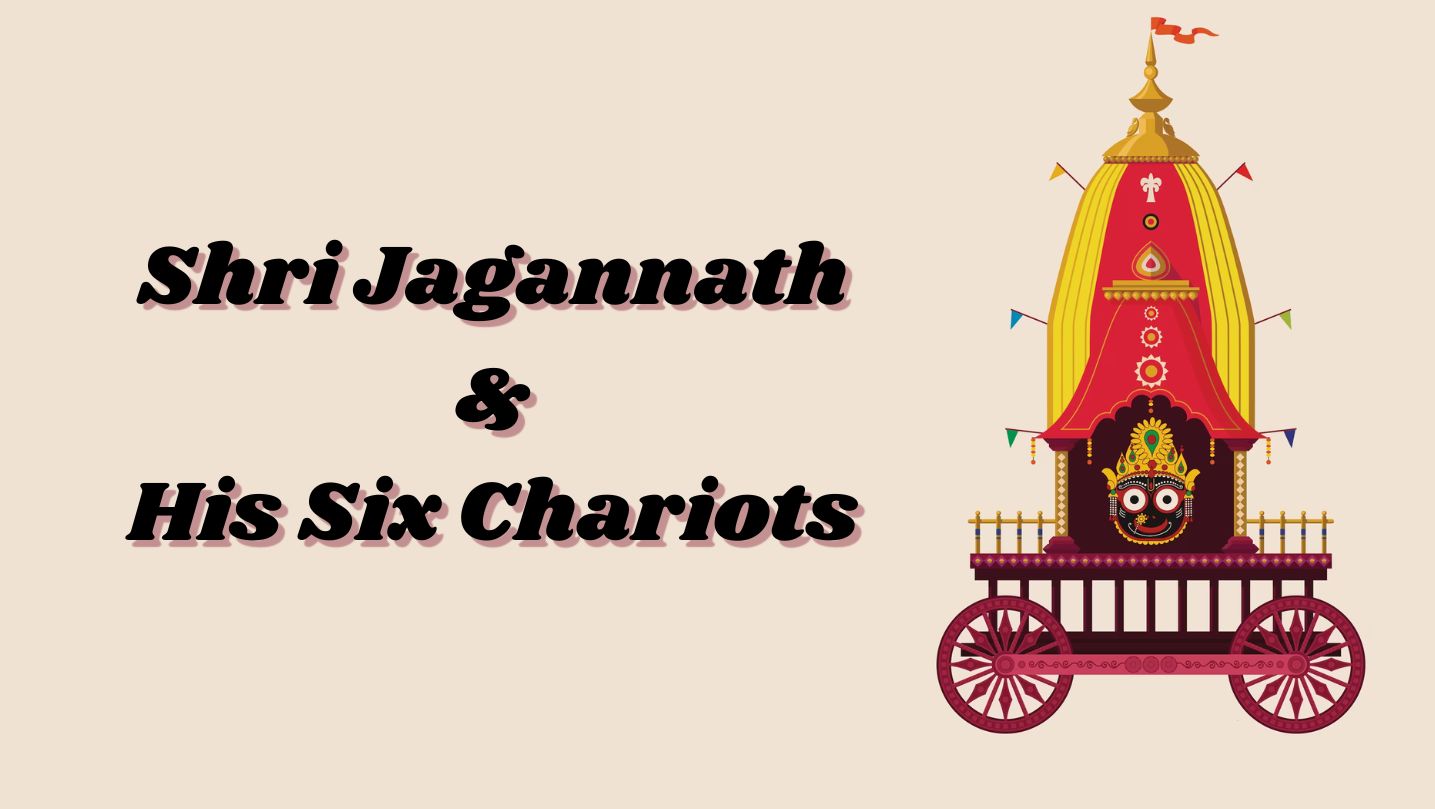
The Chaitanya Charitamrita by Shri Krishna Das Kaviraj provides a vivid description of the operations management of Shri Gundicha Yatra during the tim...
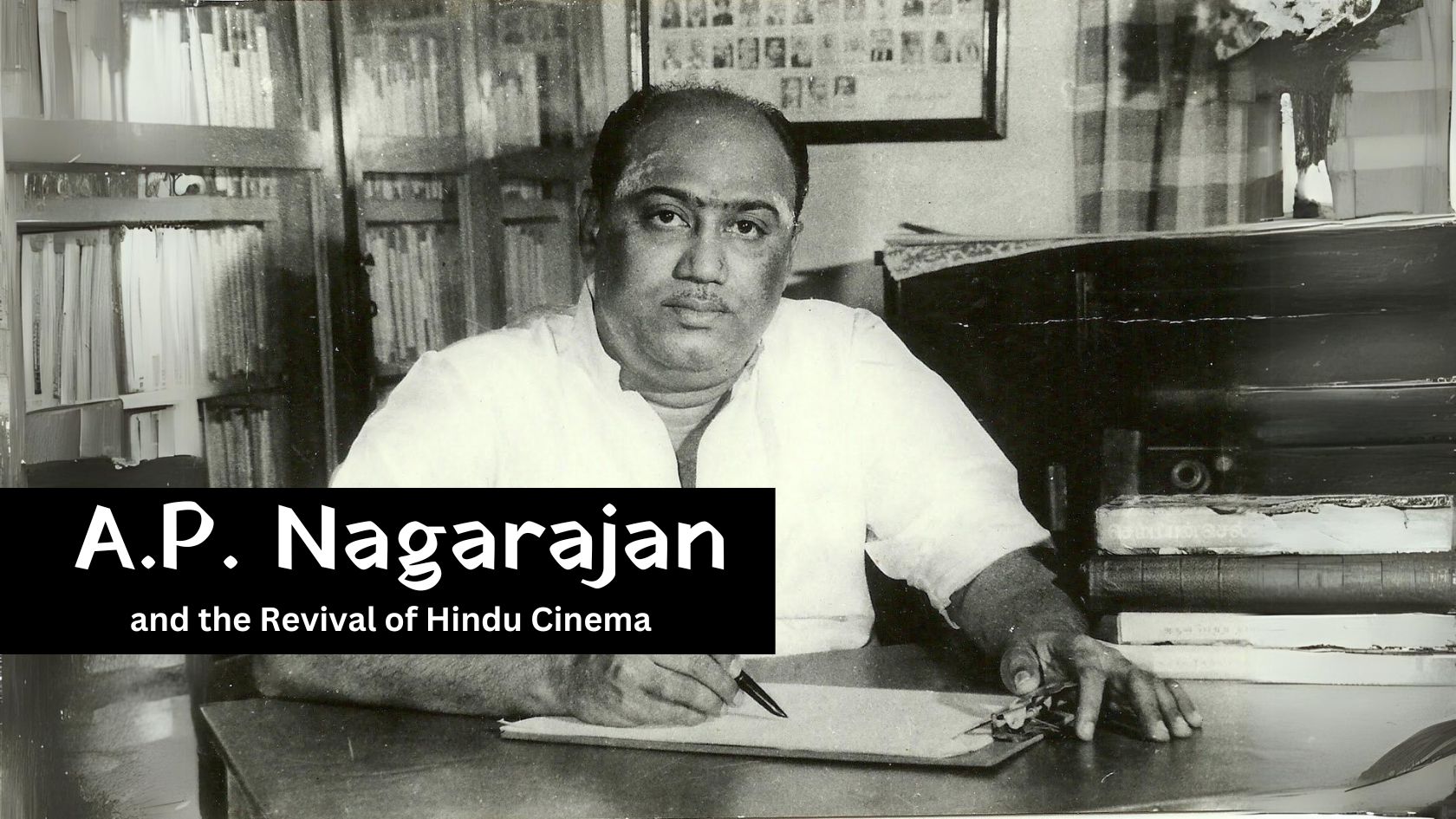
In the early days of cinema, both silent and talkie films thrived on puranas and ithihasas. However, as the years passed, especially by the late 1950s...
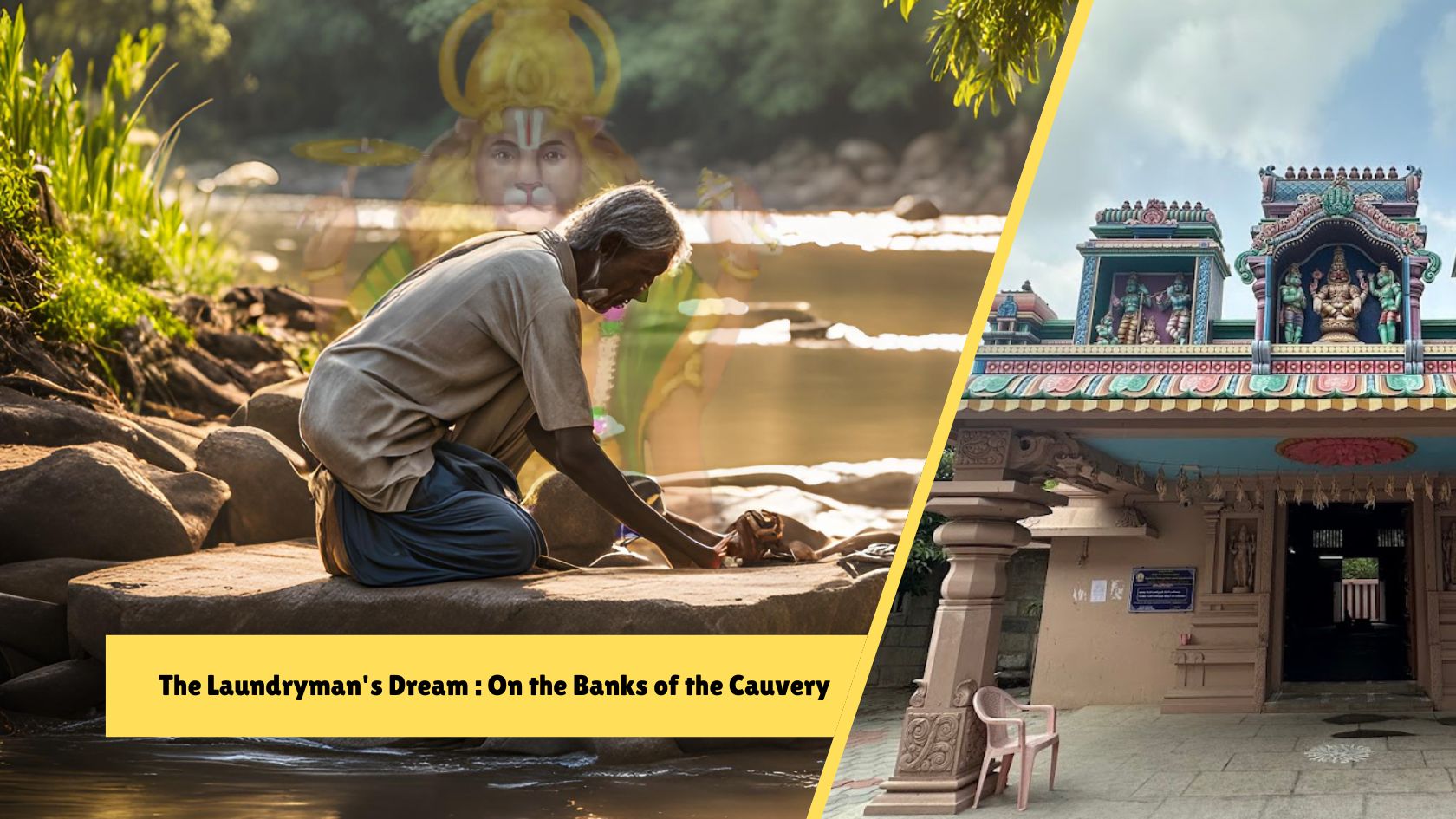
The sun beat down on my back as we stepped out of the car, the air thick with the humidity of rural Tamil Nadu. Chinthalavadi, a small village nestled...